Wonderful Tips About Balancing The Accounting Equation Lufthansa Financial Statement
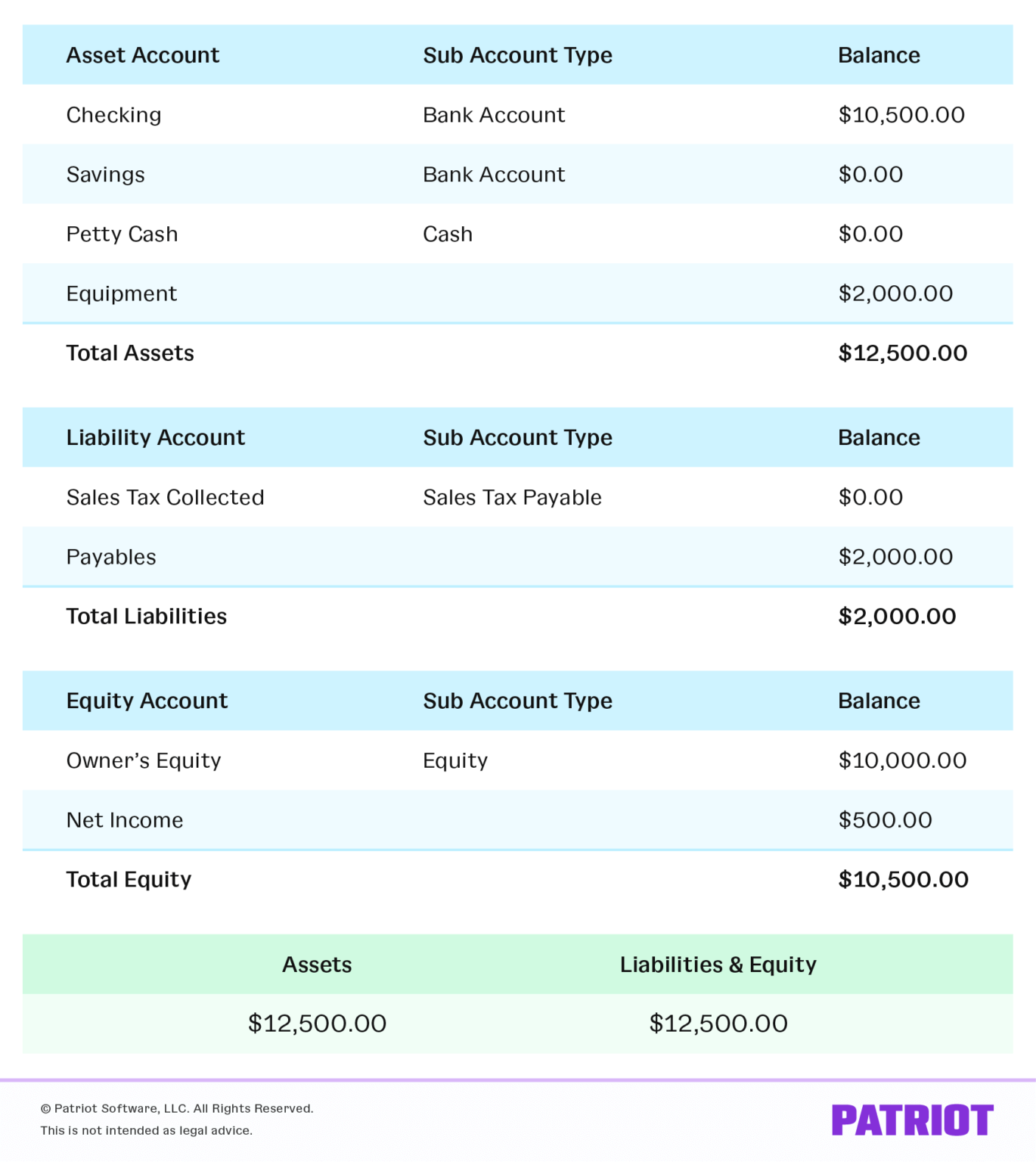
The accounting equation is a mathematical formula in financial accounting.
Balancing the accounting equation. When a transaction occurs, the total assets of the business may change, but the equation will. This equation should be supported by. These are the building blocks of the basic accounting equation.
The accounting equation is a fundamental principle in financial accounting that expresses the relationship between a company’s assets, liabilities, and. The accounting equation formula is: Balancing the accounting equation the accounting equation states that assets and liabilities always match equity.
A= l+oe a = l + oe. In its simplest form, the accounting equation can be shown as follows: Assets = liabilities + equity.
The accounting equation will always be in balance, meaning the left side (debit) of its balance sheet should always equal the right side (credit). Assets = liabilities + owners’ or stockholders’ equity. Capital can be defined as being the residual interest in the assets of a business after deducting all of its liabilities (ie what would be left if the business sold all of its assets and settled all of its liabilities).
Assets = liabilities + equity. Depreciation is a financial accounting method used to allocate the cost of tangible assets over t. clearias on. This equation contains three of the five so called “accounting.
The balance sheet helps to assess the financial risk of a business and the simplest way to describe it is given by the accounting equation (assets = liability +. Hub accounting april 6, 2023 also known as the balance sheet equation, the accounting equation formula is assets = liabilities + equity. The accounting equation holds at all times over the life of the business.
The accounting equation asserts that the value of all assets in a business is always equal to the sum of its liabilities and the owner’s equity. In the case of a limited liability. The expanded accounting equation is a form of the basic accounting equation that includes the distinct components of owner's equity, such as dividends,.
As we've learned previously, the accounting equation is a mathematical expression that shows the relationship among the different elements of. For example, if the total liabilities of a. The accounting equation shows on a company's balance sheet that a company's total assets are equal to the sum of the company's liabilities and.
It proves that total assets equals total liabilities plus total equity from a company’s balance sheet. A−l= oe a − l = oe. Your equity in the home is $50,000.
The formula for the expanded basic accounting equation is as follows: The accounting equation is similar to the format of the balance sheet. Basic accounting equation:

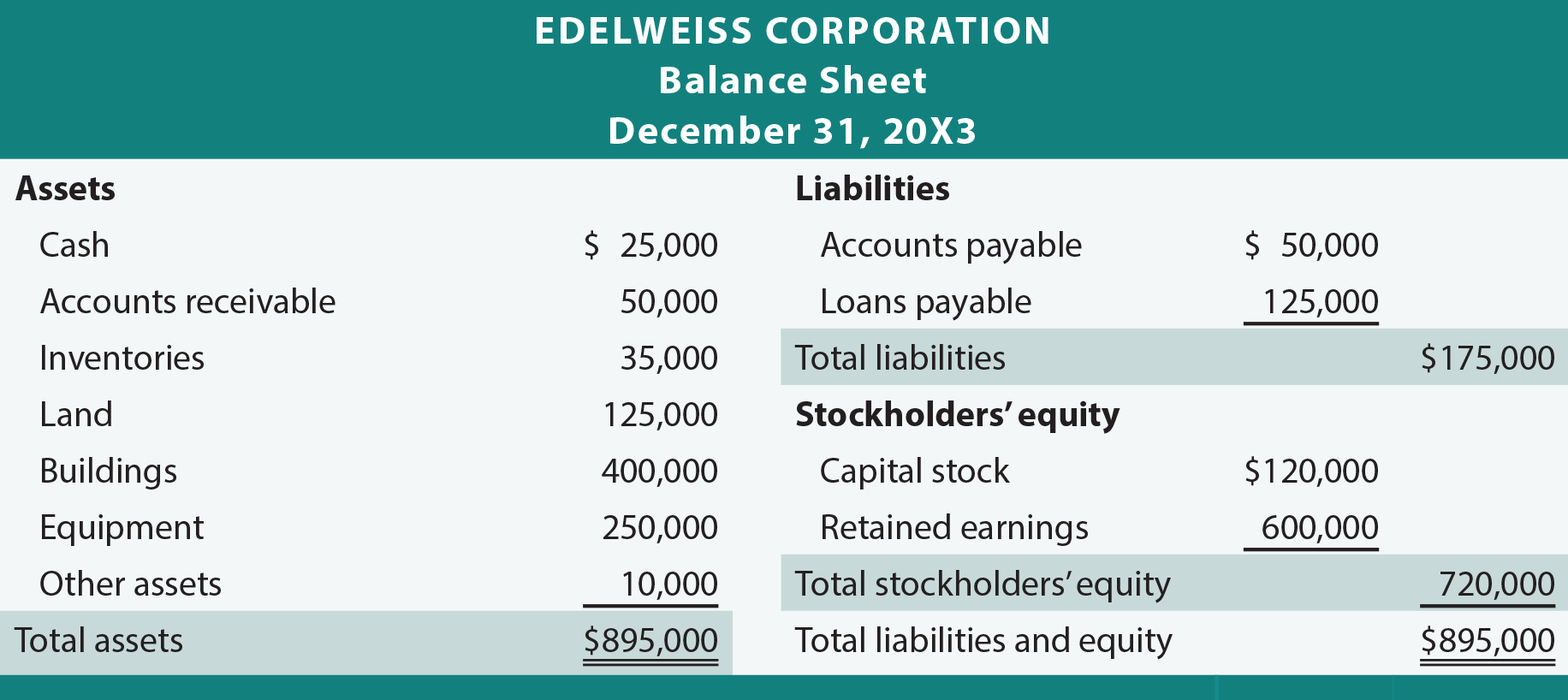

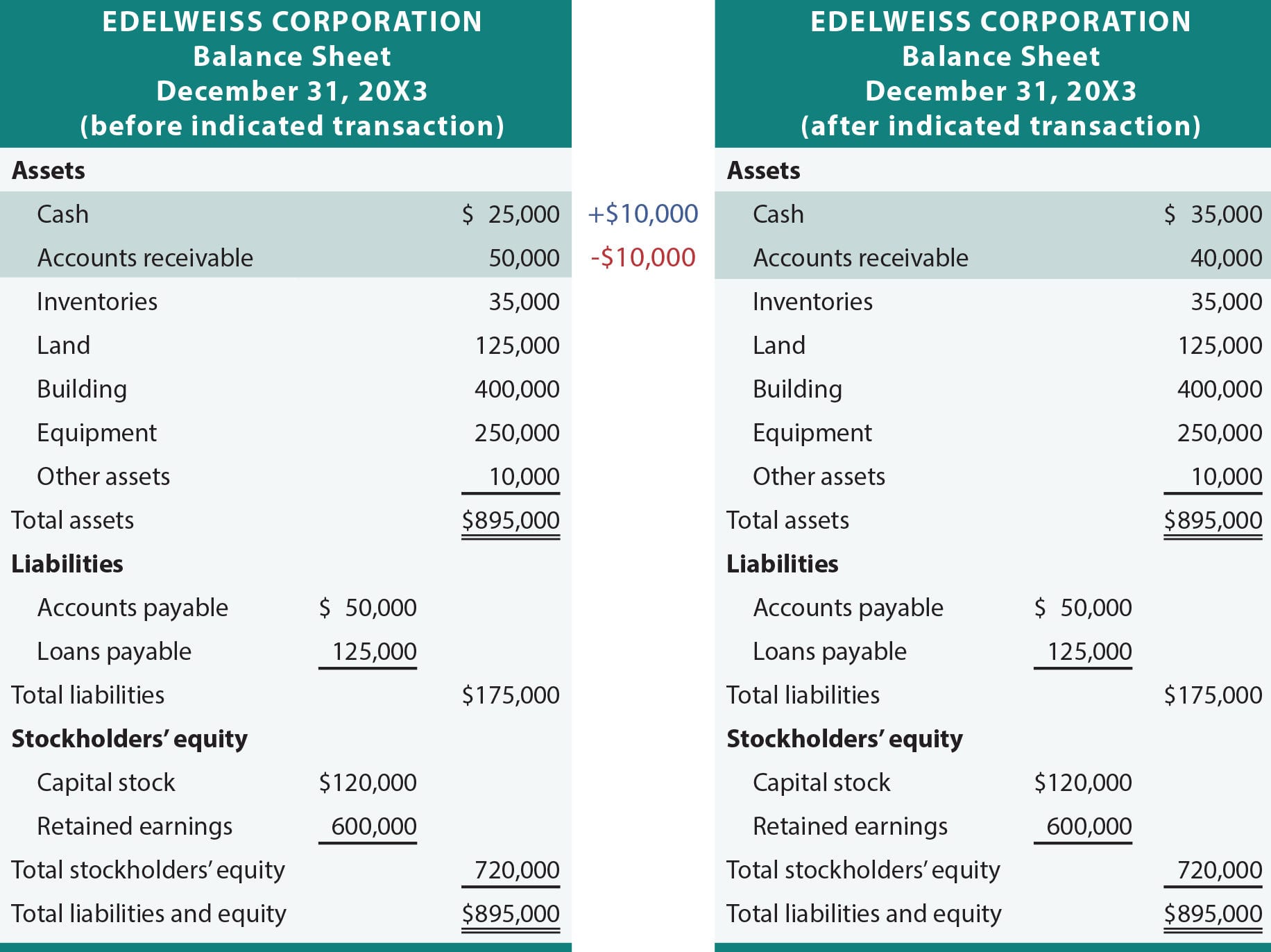
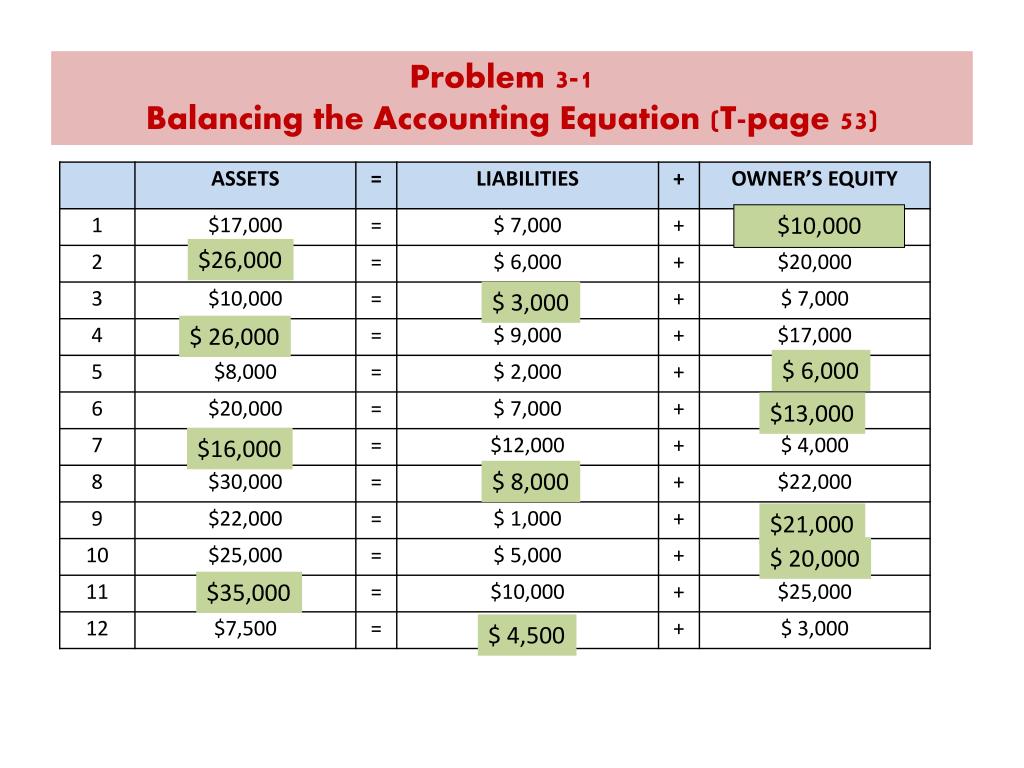

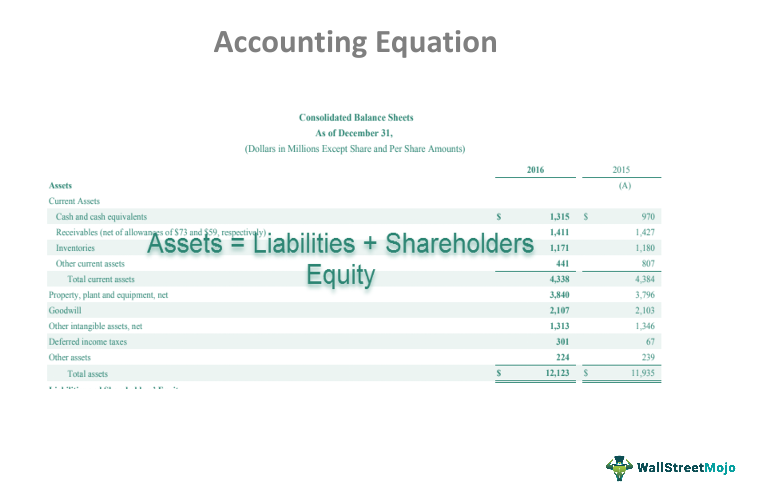
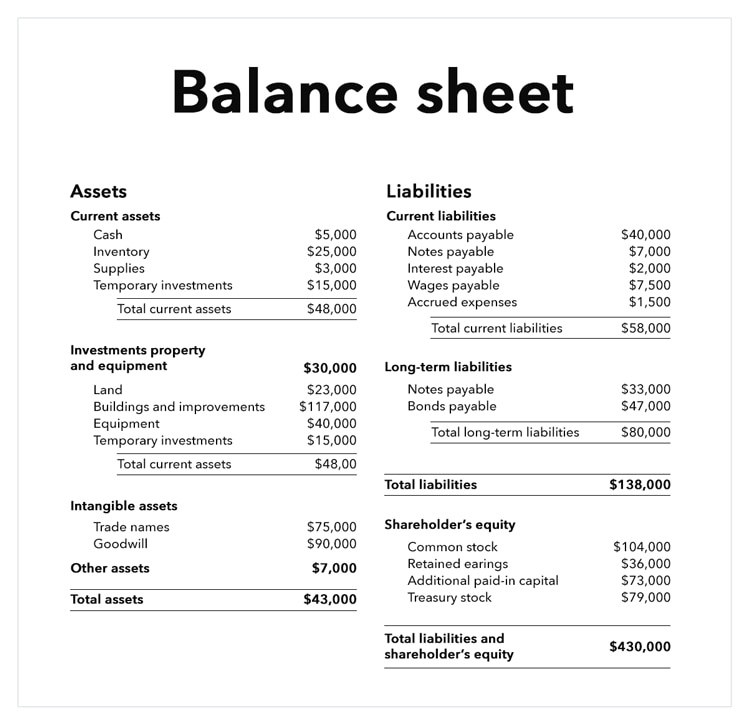



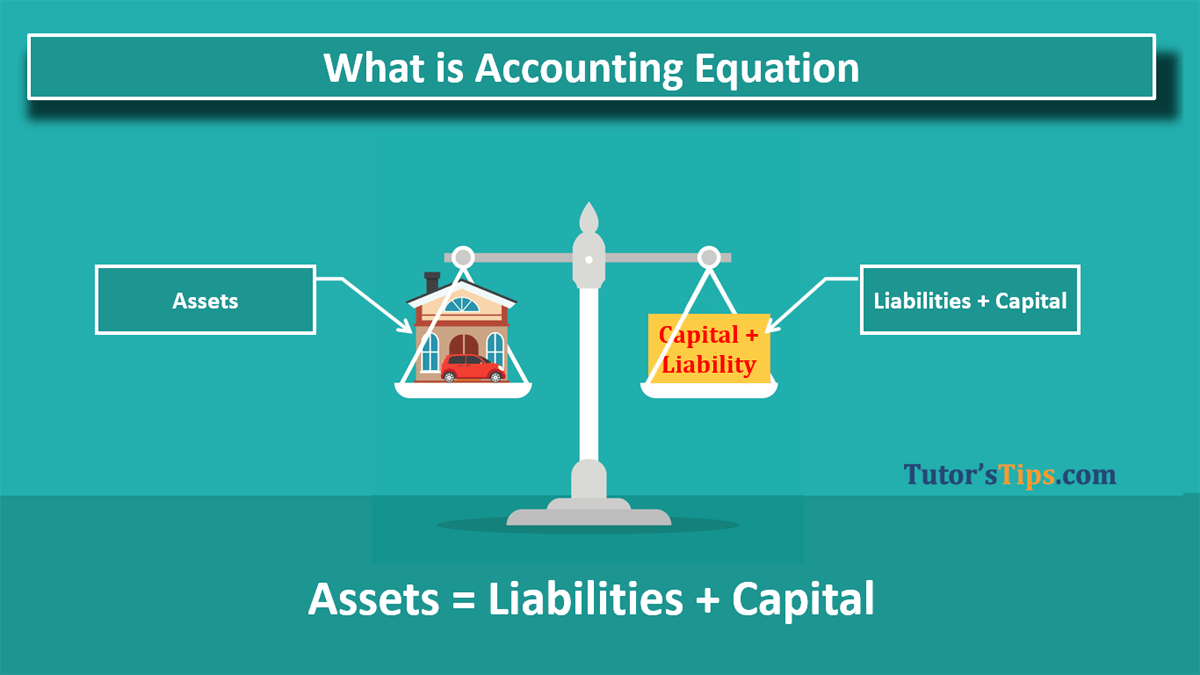
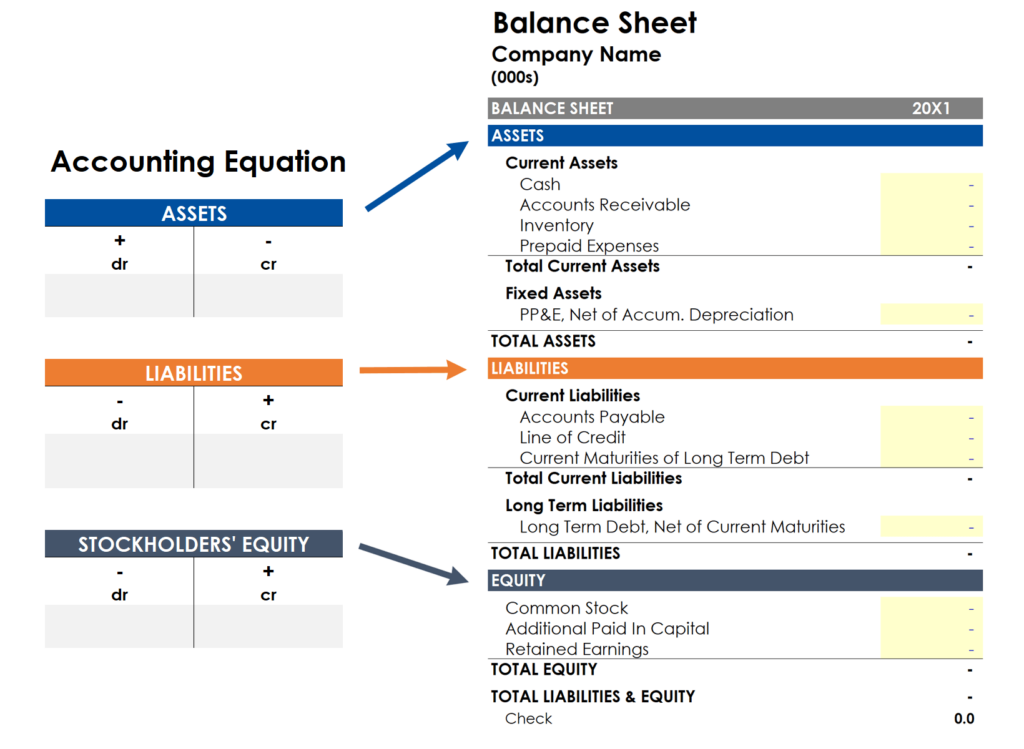


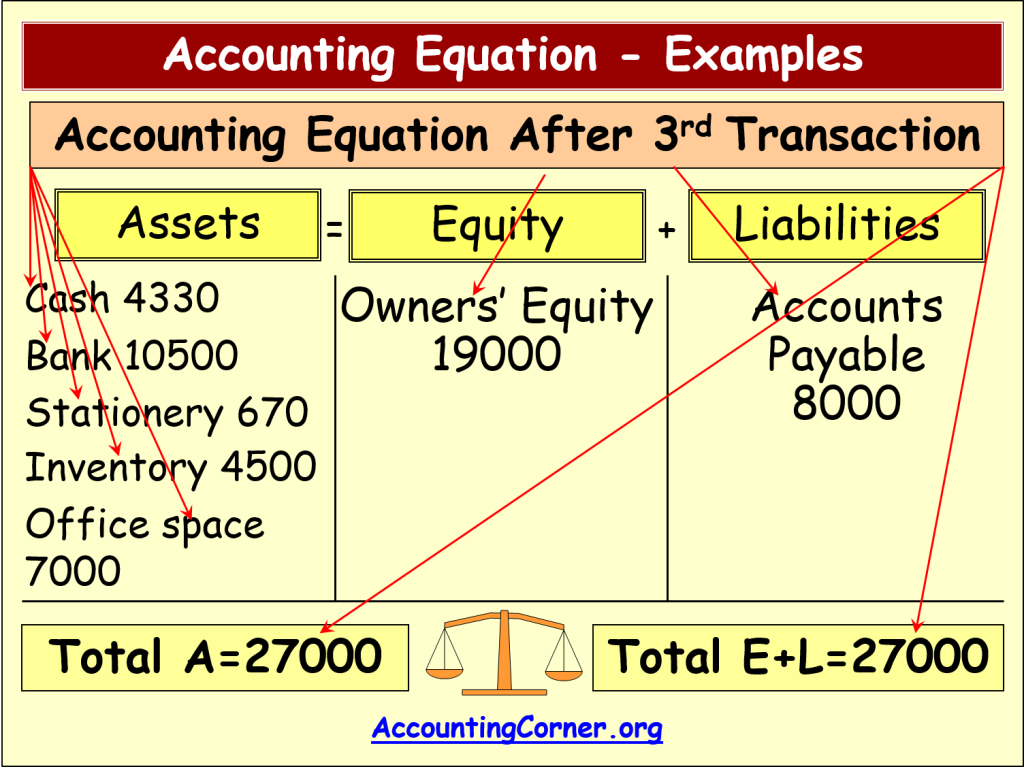


:max_bytes(150000):strip_icc()/dotdash_Final_Accounting_Equation_Aug_2020-01-5991871f007444398dea7856b442af55.jpg)